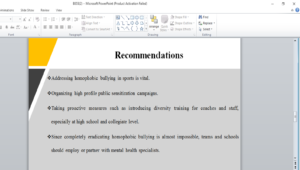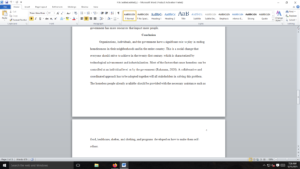Gender masculinity
In this module, we began to cover material about cultural differences in prevalence and patterns of alcohol use, and learned that there are substantial disparities in alcohol-related problems and treatment. We are going to focus more narrowly on some of these health disparities later on in the semester, but I first want us to delve a bit deeper into differences in drinking norms across cultures.
For this assignment, you will:
- Choose a cultural or societal group. This can be a country (e.g., Germany, India), a racial or ethnic group (e.g., Native Hawaiian individuals, Latinx individuals), religious group (e.g., Muslim individuals, Jewish individuals), or a specific population within the United States (e.g., gender minority youth, first generation college students).
- Describe the role of alcohol within the group or society that you have chosen. Describe any laws, norms, functions, or history of alcohol use within this group. What can you find regarding when and why alcohol is consumed? Were you able to find information regarding how rates of drinking compare to individuals from other groups? Feel free to include any information you think is relevant or interesting. You should integrate objective findings (you must cite at least 1 academic source) along with your own thoughts and reflections.
Requirements:
- Your assignment should be 1-2 pages (double-spaced) not including references or headings
- You must integrate something from the required course reading or other academic/scientific sources (be sure to properly cite everything!) along with your own thoughts and reflections.
Requirements: 1-2 pages
Answer preview
Addressing the issue of alcoholism in the Punjabi community is undermined by conflicting cultural and religious practices. Even though alcohol addiction has been attributed to over 3.3 Million people worldwide (Sudhinaraset, Wigglesworth, & Takeuchi, 2016), people are afraid to come out and admit they are addicted to alcohol; thus, they suffer in silence. This is facilitated by drinking being considered a socially accepted practice such that alcoholism is not considered a severe problem (Taak, Brown & Perski, 2020). Those affected fear the social stigmatization they are bound to face when they admit they have serious problems related to alcohol. Actions have been taken towards resolving this issue
[469 Words]

Gender masculinity



